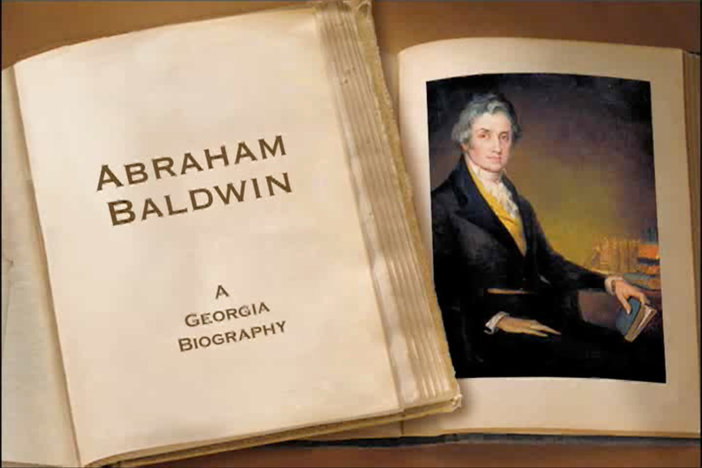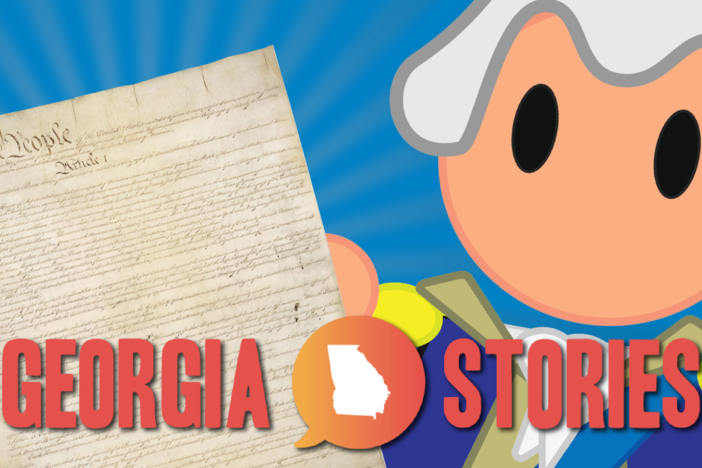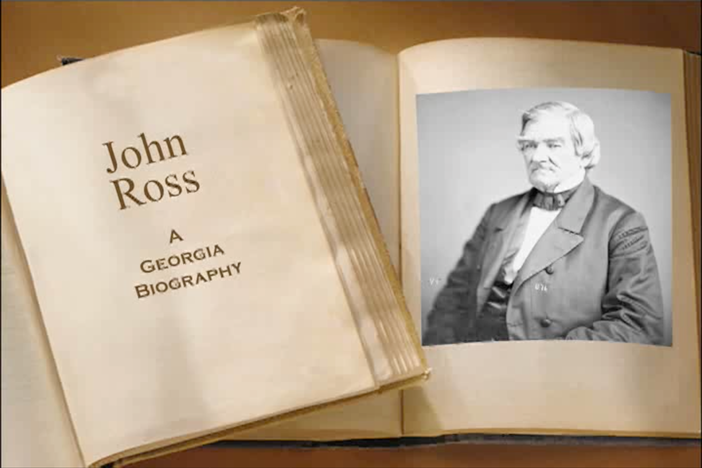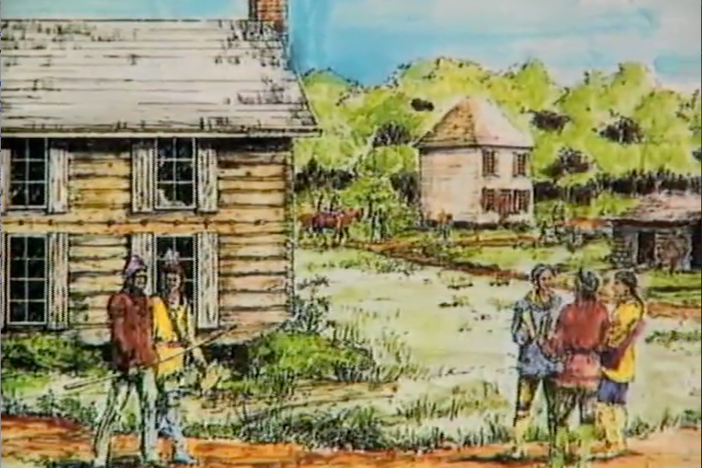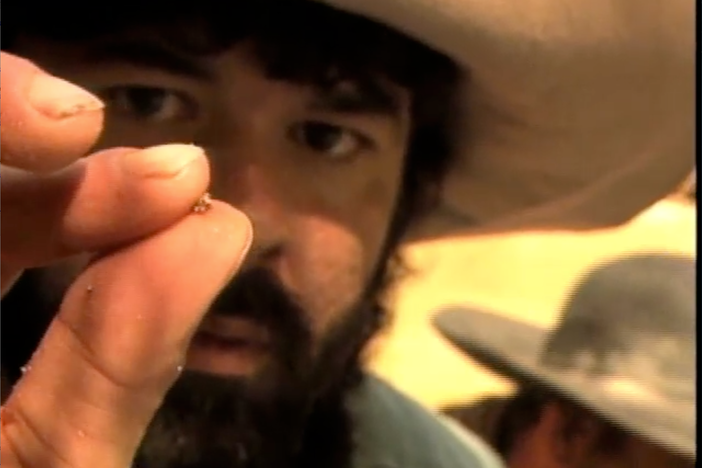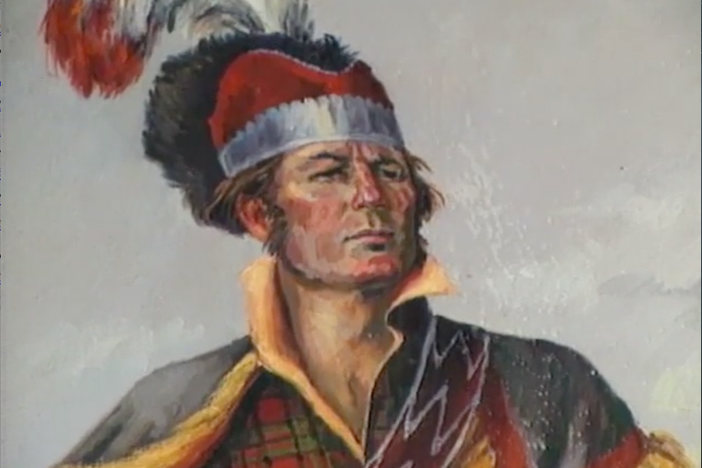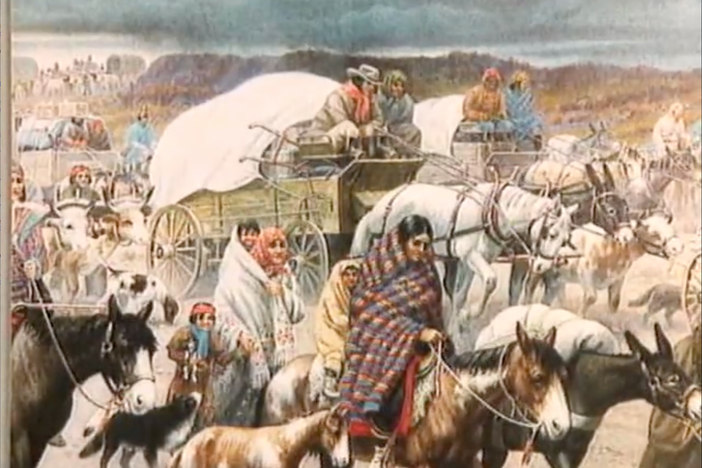Tragedy in Georgia: The Trail of Tears
Mavis Doering, Ramona Bear Taylor, and Creek Indian Jay McGirt recall Cherokee Indians being rounded up by U.S. soldiers under the command of Gen. Winfield Scott and herded into stockades for the four month long walk to Oklahoma known as the Trail of Tears.
Tragedy in Georgia: The Trail of Tears
Mavis Doering, Ramona Bear Taylor, and Creek Indian Jay McGirt recall Cherokee Indians being rounded up by U.S. soldiers under the command of Gen. Winfield Scott and herded into stockades for the four month long walk to Oklahoma known as the Trail of Tears.
Social Studies
Analyze how key people (John Ross, John Marshall, and Andrew Jackson) and events (Dahlonega Gold Rush and Worcester v. Georgia) led to the removal of the Cherokees from Georgia known as the Trail of Tears.
1. Explain how the removal of the Cherokee to take them to Oklahoma could have been done in a much more humane way.
2. Compare and contrast the removal of Native Americans from Georgia with the forced emigration of Africans to the New World, or the situation European Jews were subjected to during World War II.
1. Identify alternative actions the United States government could have taken with the Cherokees instead of the forced removal.
2. The Cherokee and the Creeks were forced from their homeland and sent to a part of the country that was very different and strange to them. As a class or in groups, compare the similarities and differences between the removal of Africans from their homeland to the removal of Native Americans from Georgia. What do those actions tell you about the values of the people carrying out the removals?
advocate: a person who speaks or takes action in support of a person or a cause
assimilate: to adopt the social customs or culture of a different group of people
bilingual: the ability to speak and understand two languages
cede: to give up possessions by treaty
controversy: a conflict caused by opposing views
emigrate: to leave one's home or country to move to another
lottery: a drawing in which one has a chance to win something
memorial: formal statement of facts
null and void: has no legal power or validity
quarry: a place where rock, stone, marble, etc. is excavated or removed
resolution: a formal statement expressing an opinion or action of an official group
squatter: a person who settles on a piece of land without owning rights to the property
treaty: a written agreement between two or more political groups that is signed by officials from each side
traitor: a person who betrays another's trust
1. Explain how the removal of the Cherokee to take them to Oklahoma could have been done in a much more humane way.
Find the full history and background story of the Trail of Tears, Gen. Winfield Scott’s part in it, and the actions of the soldiers sent to carry out his orders. Students should know the entire story before answering the question. The Cherokee were ordered to “present themselves” for relocation to Indian territory in the west. (Who in their right mind would do this voluntarily, happily? That’s why so many fled into the Appalachian mountains and hills in North Georgia, Tennessee, and North Carolina.) When not enough showed up, the soldiers went to the homes of the Cherokee, forcibly grabbed them (even if they were eating or otherwise occupied in the fields, etc.) with whatever they were wearing and took them. They did not even allow them to take belongings with them. Food was left cooking, fields were abandoned, etc. The Cherokee were housed outdoors in makeshift stockades. It was summer when they rounded up most of them. It was late October, 1838 when the march began. The federal government had provided food that was supposed to go to the Cherokees within the stockades. Many, many times the soldiers kept the food for themselves and never gave much, if any, to the Indians. Since many of the Cherokee had come dressed for summer, when it got cold they were very cold. Some even froze before they began the march. It is estimated that at least 4000 of the original group of 14,000 Cherokees died on the march to Oklahoma. Students should think of more humane ways this could have been done – even by 1838 standards.
2. Compare and contrast the removal of Native Americans from Georgia with the forced emigration of Africans to the New World, or the situation European Jews were subjected to during World War II.
Answers will vary but students are likely to note that all of these situations revolve around a forced removal from a home location.
